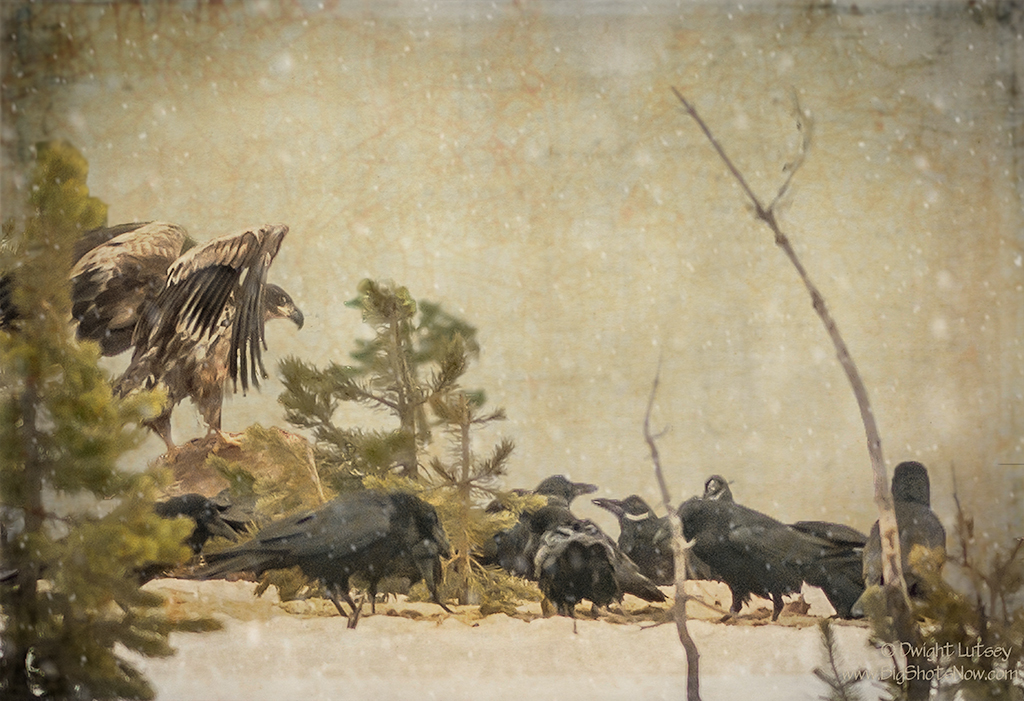
The Cascade wolf pack dropped a cow elk out on the meadow floor last night. The herd was hurrying to cross the open space under the light of a full moon, nervous as they sunk to their knees in the snow because they knew they were vulnerable out here. The young cow wasn’t paying close enough attention and had gotten too far out from the herd and the pack made quick work of her. The snow wasn’t all that deep but it was deep enough to hinder her flight. They fed for a while then headed back to the den area with the promise that they’d be back in the morning to make a proper job of it.
But secrets don’t keep long amongst the neighbors when it’s cold and blustery and everybody’s got to eat. As always the first to visit the carcass are the Ravens. They have a sixth sense about the dead and dying so they are on the scene almost as soon as it happens. Even with their terrible sharp bills they have a tough time cracking into the frozen hide and unless the wolves left them a good entry point they don’t make much progress getting started.
It takes a real powerhouse to get the ball rolling and an immature Bald Eagle can easily do it. With its formidable hooked beak and powerful muscles in its neck and legs, all it needs to do is get settled by sinking its long talons into the carcass and using the leverage of its body to start slicing open the hide as if it were a surgeon wielding his scalpel. In just moments it has opened up a sizable fissure in the hide and can commence feeding.
This comes as both good news and bad news for the ravens. The good news being now they can start feeding. The bad news however, is the eagle doesn’t like to share. It won’t allow any other bird to join in until it is has fed until it can hardly hop. Ravens are incredibly intelligent creatures while the eagle has the IQ of a four slice toaster. As eagles get along perfectly well with the intellect nature has given them, they’re just not in the same league as the ravens when it comes to subterfuge. Consequently the ravens have to come up with a good plan to outsmart and drive the eagle off if they want to eat before the wolves come back. They can’t physically attack the eagle with brute strength as they’re about 1/5th the size of the eagle, and if the eagle ever gets a talon into one of the ravens it’s all over for the raven. But as a mob they can use their avian cunning to confront the eagle by mock challenging it face to face while the others sneak in and grab its tail feathers or its primary feathers and try and jerk them out. Or use their own sharp bills to strike the eagle anywhere it’s undefended. This makes the eagle absolutely nuts. The eagle will swirl and turn and lash out in an attempt to the grab a raven but they’re just too nimble and before long the eagle is driven to a frenzy and takes off. The ravens prevail.
Having vanquished the eagle they feed as quickly as possibly keeping a keen eye out for the wolves. Even tho a lot of crows are called a “Murder” of crows they’re still a mob and they act like one, using the strength of numbers to get their way. This strategy doesn’t work with the wolves. They will eat ravens as well as elk if they can catch them and often they do.

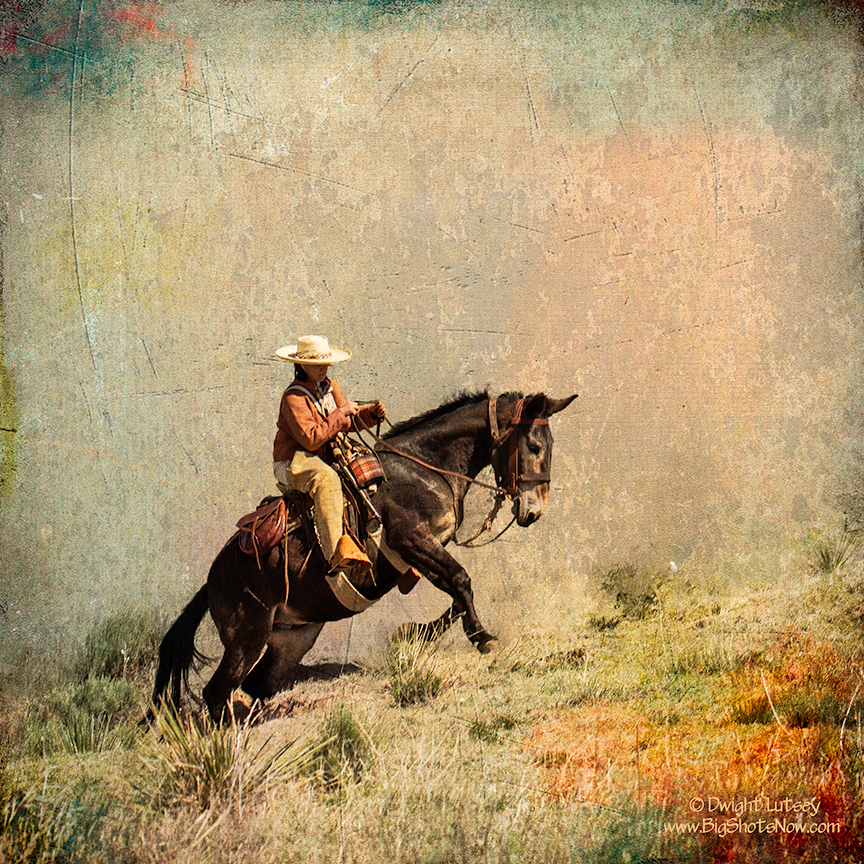
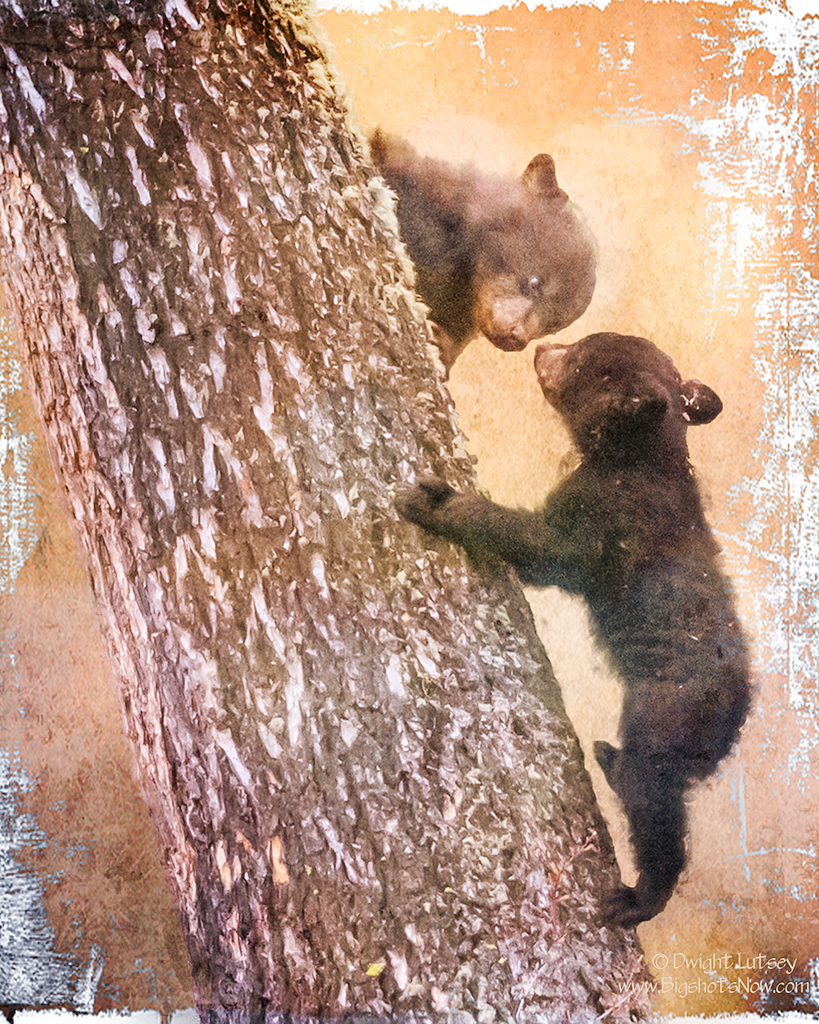
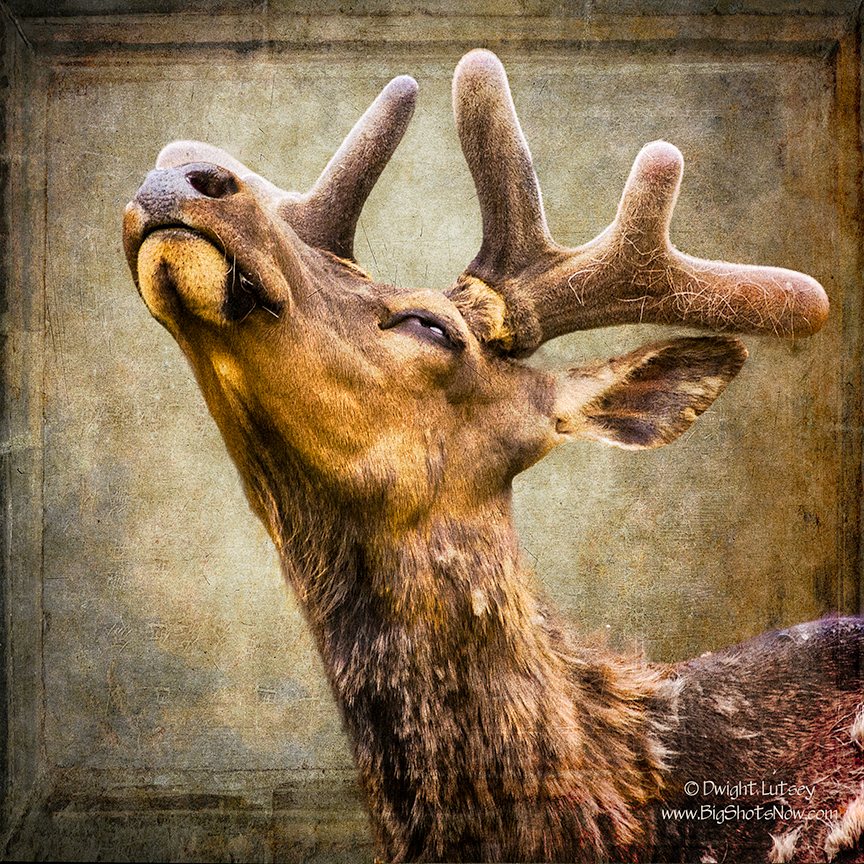
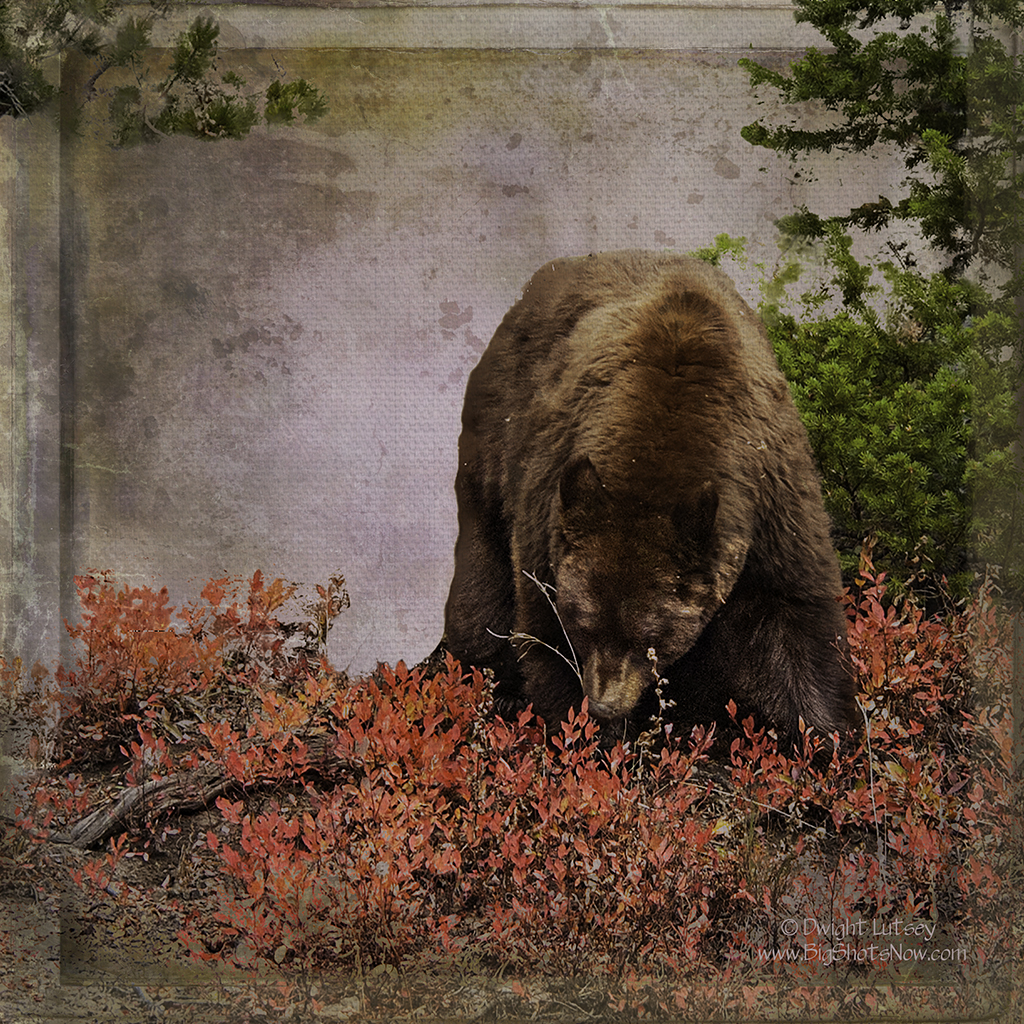
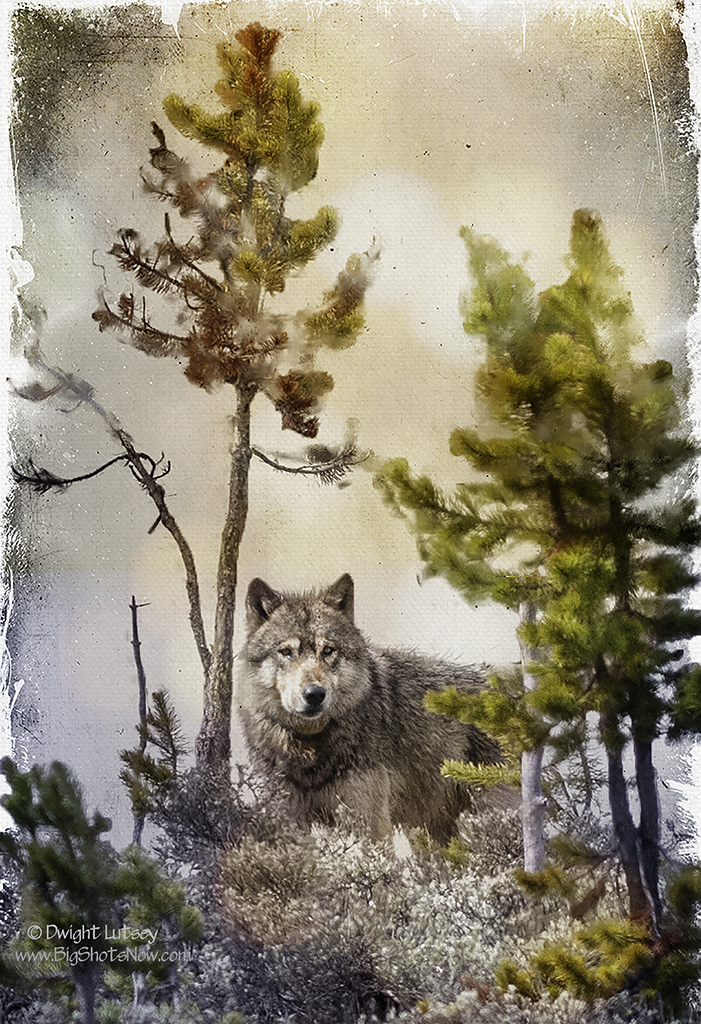
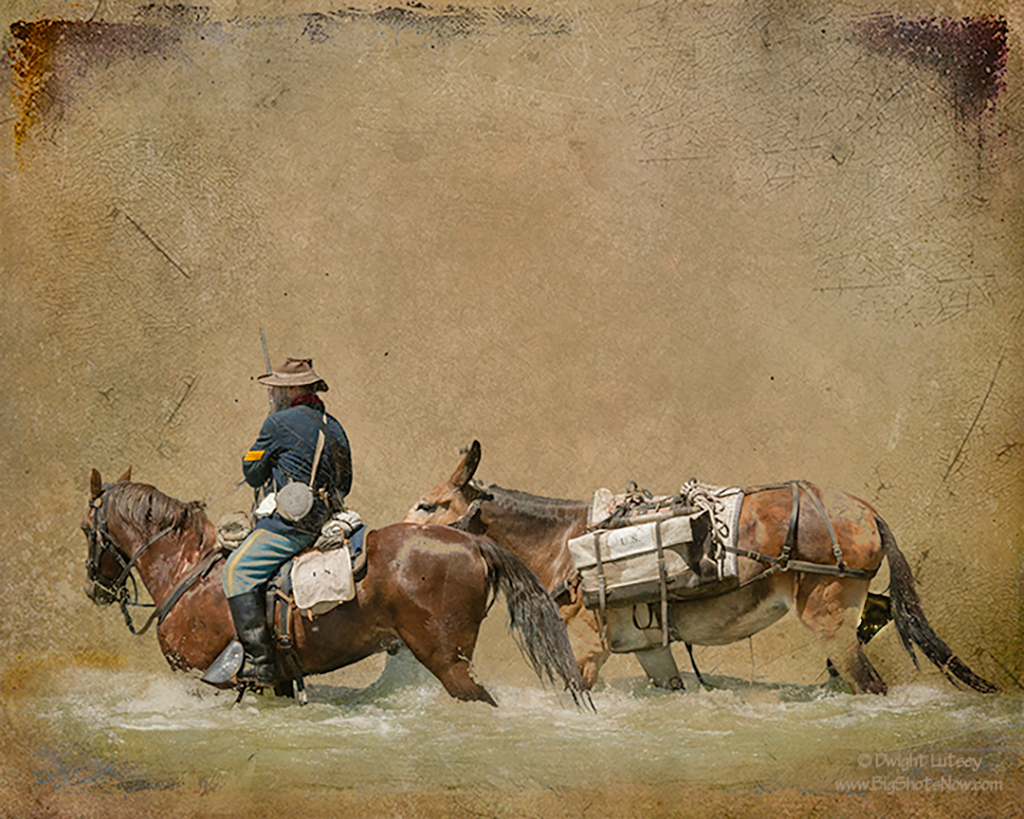
You must be logged in to post a comment.